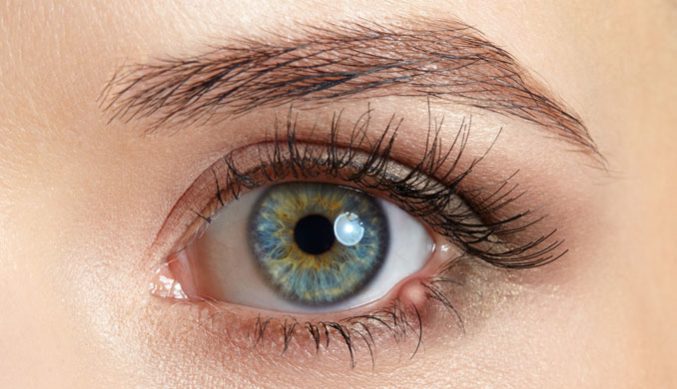A stye on the eye is a common presentation. Styes are harmless and will normally take their own course of healing after one week. Eye styes initially appear as a small irritation on the eyelid margin and have the appearance of a small red bump. The stye can be present on the eye lid margin (hordeolum) or within the eyelid higher up (chalazion). They can be annoying, painful and red.
What Is A Stye?
A stye can be an infection of one of the oil tear glands (meibomian gland) or sweat gland (sebaceous gland). There are about 20-30 oil glands on our lower lids, and 25-40 on the upper lids. The meibomian glands create part of our tear. The main function is to produce the oil layer in our tear film. The oil layer in a tear film keeps the tear stable and prevents the tear from evaporating. Meibomian gland dysfunction is associated with dry eyes and another eyelid condition, known as blepharitis. There are two types of styes – external or internal. The internal styes (chalazion) that pop up inside the eyelid tend to be more painful.

What Causes A Stye?
A stye is caused by staphylococcal bacteria. The staphylococcal bacteria are found in the nose. This bacteria is spread by touching our noses then touching our eyes. There are other causes that also lead to proliferation of bacteria around the eye. Blepharitis creates a toxic environment leading to a biofilm forming on the eyelid, just like the plaque on your teeth. Parasitic eyelash mites, Demodex, feed on the biofilm.
What we notice is:
- Crusty eyelids when we wake up in the morning; or
- I cannot use my eye makeup brand anymore because the eyes react, becoming sore, red and sensitive.
Using the same makeup over long periods allows bacteria to breed. Fake eyelash extensions create an unhygienic environment, as we do not clean our eyes as regularly while we try to preserve the eyelash extensions.
How Do I Get Rid Of A Stye? What Treatment Is Required?
The optometrist at Adelaide City Optometrist, Paul Fotkou, will be able to determine the underlying cause of the stye. Is it due to lid hygiene, contact lenses, blepharitis, dry eye, makeup or false eyelash extensions? The right eye care will lead to quickest resolution and no vision problems.
Treatment 1: Lid Hygiene
Create a sterile environment by cleaning the eyes and eyelids regularly. After bathing or showering works the best due to the skin being warm and soft. Apply baby shampoo to a make-up removing pad. Lather the pad and gently rub the pad against the eyelids with them gently closed. Cease wearing contact lenses. Cease wearing any eye makeup.
Treatment 2: Warm Compress
Apply a warm compress to the affected area to encourage the healing process two to three times a day for 10 to 15 minutes. Regular warm compress will have a quick impact on the course of the stye.
Treatment 3: Medical Treatment
Generally, anti-bacterial eye drops or ointment is recommended to help the infection from spreading and reducing the inflammation. Topical antibiotics, along with topical lubricating eye drops, will reduce the inflammation and redness. Such treatment can be recommended by the optometrist.
Are Styes Contagious?
Styes are contagious as they are generally produced by bacteria. DO NOT POP THE STYE. Make sure you discard old makeup and never share your makeup with others.
